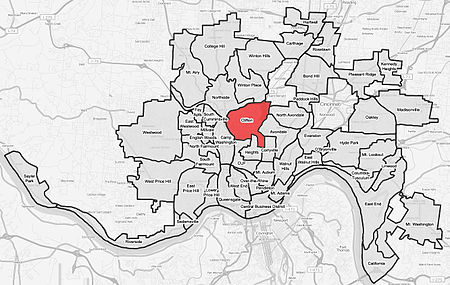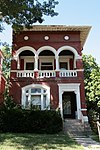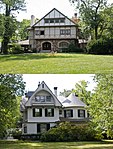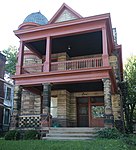Clifton, Cincinnati
AC with 0 elementsFormer municipalities in OhioNeighborhoods in Cincinnati

Clifton is a neighborhood in the north central part of Cincinnati, Ohio, United States. The population was 8,304 at the 2010 census.The area includes the Ludlow Avenue Shopping and Dining District. Clifton is situated around Clifton Avenue, north of Dixmyth Avenue, approximately three miles north of Downtown Cincinnati. Several historic buildings and homes remain in the neighborhood. Clifton was developed in large part due to the expansion of the street car system in the 1880s-1890s. Adjacent areas such as Corrryville and the CUF neighborhoods are often erroneously referred to as Clifton, even by long-term residents.
Excerpt from the Wikipedia article Clifton, Cincinnati (License: CC BY-SA 3.0, Authors, Images).Clifton, Cincinnati
McAlpin Avenue, Cincinnati Clifton
Geographical coordinates (GPS) Address Nearby Places Show on map
Geographical coordinates (GPS)
| Latitude | Longitude |
|---|---|
| N 39.15 ° | E -84.52 ° |
Address
Clifton Recreation Center
McAlpin Avenue
45220 Cincinnati, Clifton
Ohio, United States
Open on Google Maps











